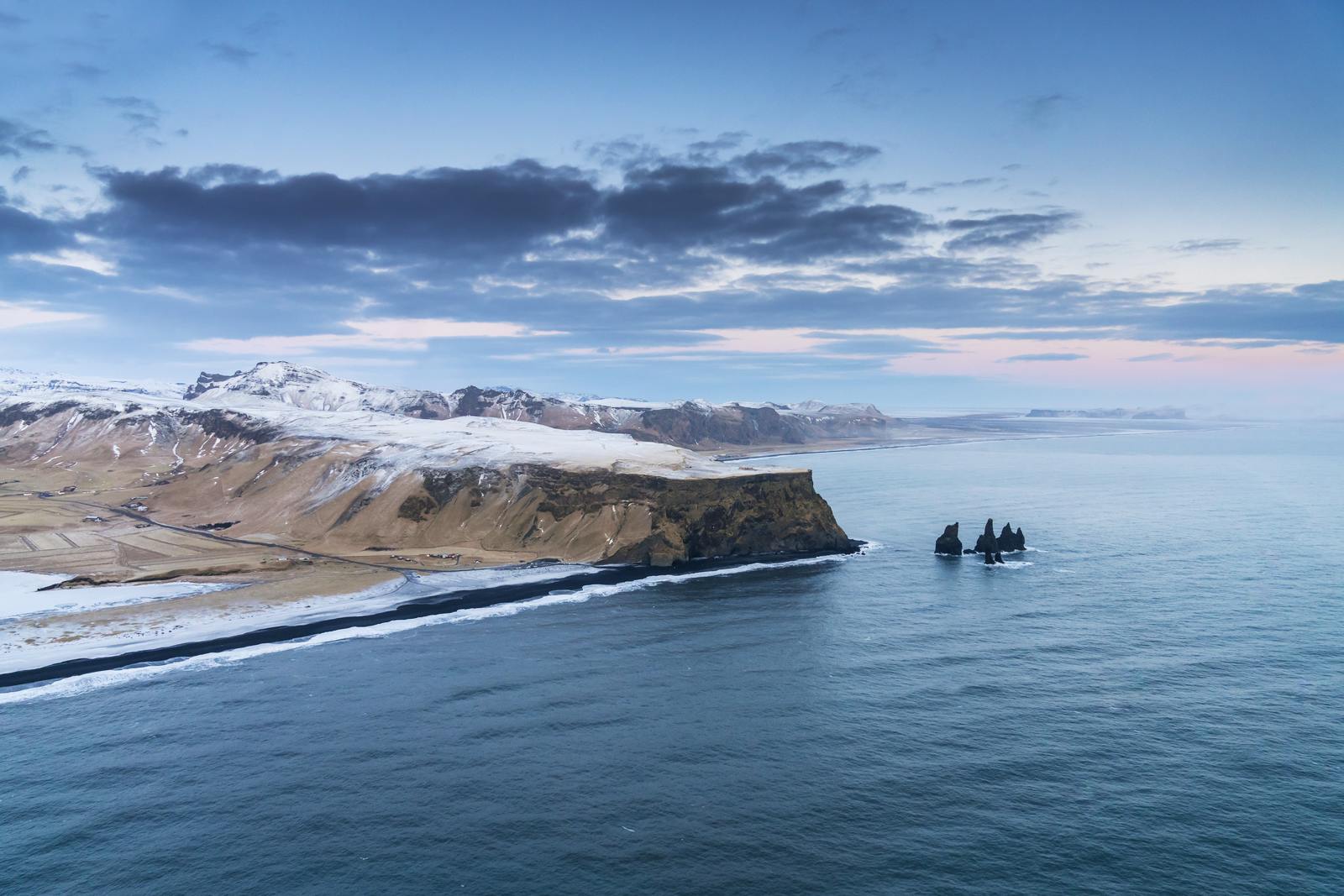
Reynisfjara is Iceland’s Iconic Black Sand Beach
Planning a trip to Iceland and heard whispers about Reynisfjara Beach? Often dubbed one of the most dramatic shorelines on the planet, Reynisfjara is the kind of place that sticks with you long after you’ve left, where jagged sea stacks rise from the Atlantic, and basalt cliffs tower overhead. The black sand beneath your feet tells the story of Iceland’s fiery beginnings. Find more black sand beaches here.
Where is Reynisfjara Beach?
Reynisfjara Beach is located on the south coast of Iceland, near the village of Vík í Mýrdal. It's approximately 187 kilometres (116 miles) from Reykjavík, which translates to a 2.5- to 3-hour drive, depending on road and weather conditions. You’ll be travelling along the iconic Route 1 (Ring Road), a scenic drive filled with waterfalls, glaciers, and volcanic landscapes.
Pro tip: If you're doing a South Coast day trip, Reynisfjara is typically paired with sights like Skógafoss, Seljalandsfoss, and Dyrhólaey.

What Does Reynisfjara Mean?
The name Reynisfjara is pronounced “RAY-nis-fyah-rah”, and it translates to "Reynir's Beach" in Icelandic. According to local legend, Reynir was the name of a man who once lived in the area. Like many Icelandic names, it’s steeped in folklore and nature-based meaning.
How Was Reynisfjara Formed?
Reynisfjara was formed by volcanic activity thousands of years ago. The beach is composed almost entirely of black volcanic basalt, the result of lava cooling rapidly when it came into contact with the cold Atlantic Ocean. As the lava cooled and cracked, it created columns of basalt rock that now form the breathtaking cliffs and caves along the beach.
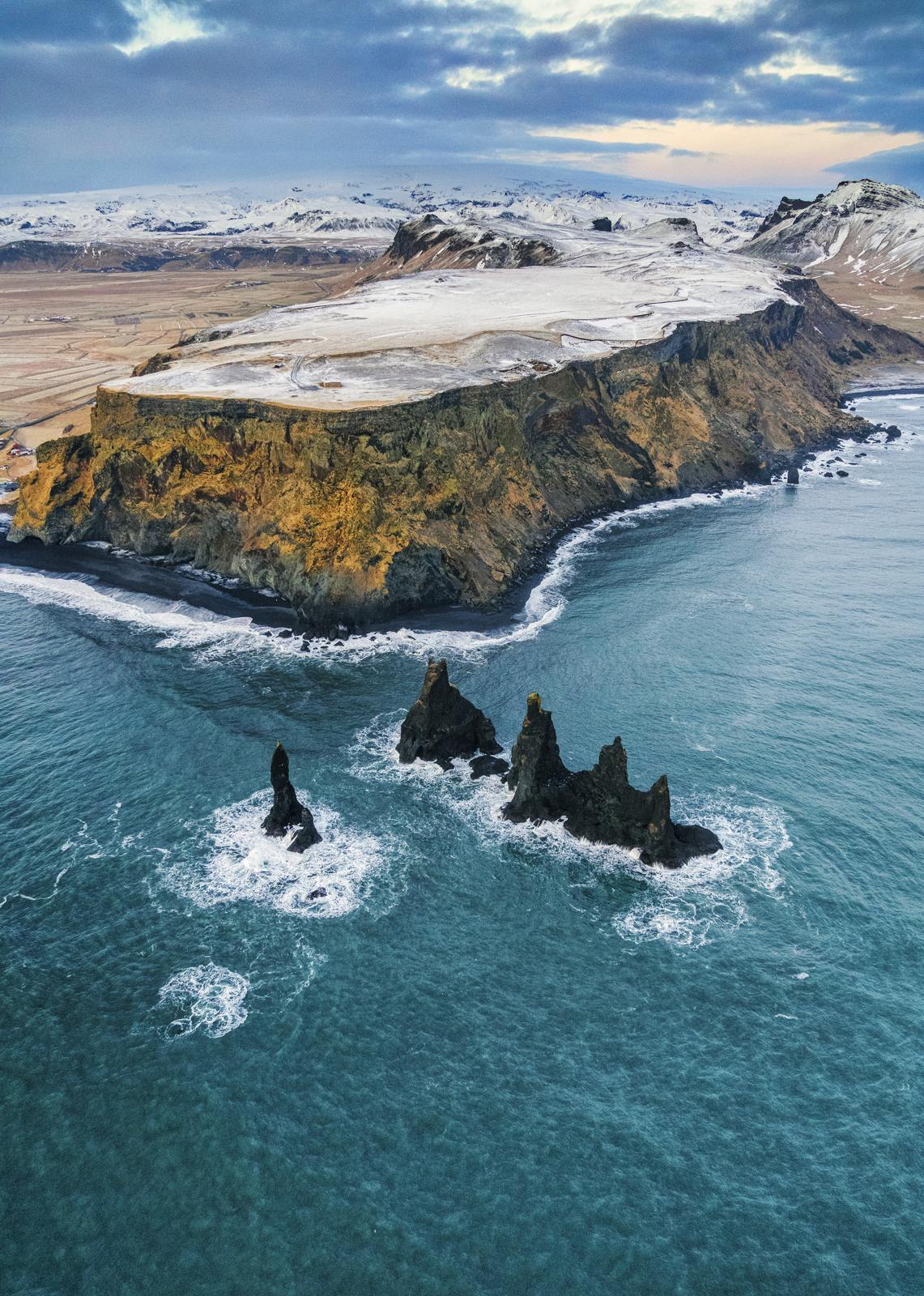
Why Is Reynisfjara a Black Beach?
The black sand at Reynisfjara originates from pulverised volcanic rock, primarily basalt, formed by ancient lava flows. Unlike golden or white sand beaches that are made from crushed coral or quartz, Reynisfjara’s sand is the result of Iceland’s intense geological activity, lava that met the sea, shattered, and was ground down by the waves over millennia. This gives the beach its unique, inky black colour and rough texture.
Is Reynisfjara Dangerous?
As beautiful as it is, Reynisfjara is also one of Iceland’s most dangerous natural attractions, and for good reason. The beach is notorious for what’s called "sneaker waves". These are large, powerful waves that appear without warning and can rush much farther up the beach than expected. They’re strong enough to knock people over, drag them into the freezing ocean, and pull them under.
Tragically, several tourists have lost their lives here over the years due to underestimating these waves. There are no barriers or lifeguards, so visitors must take safety seriously.
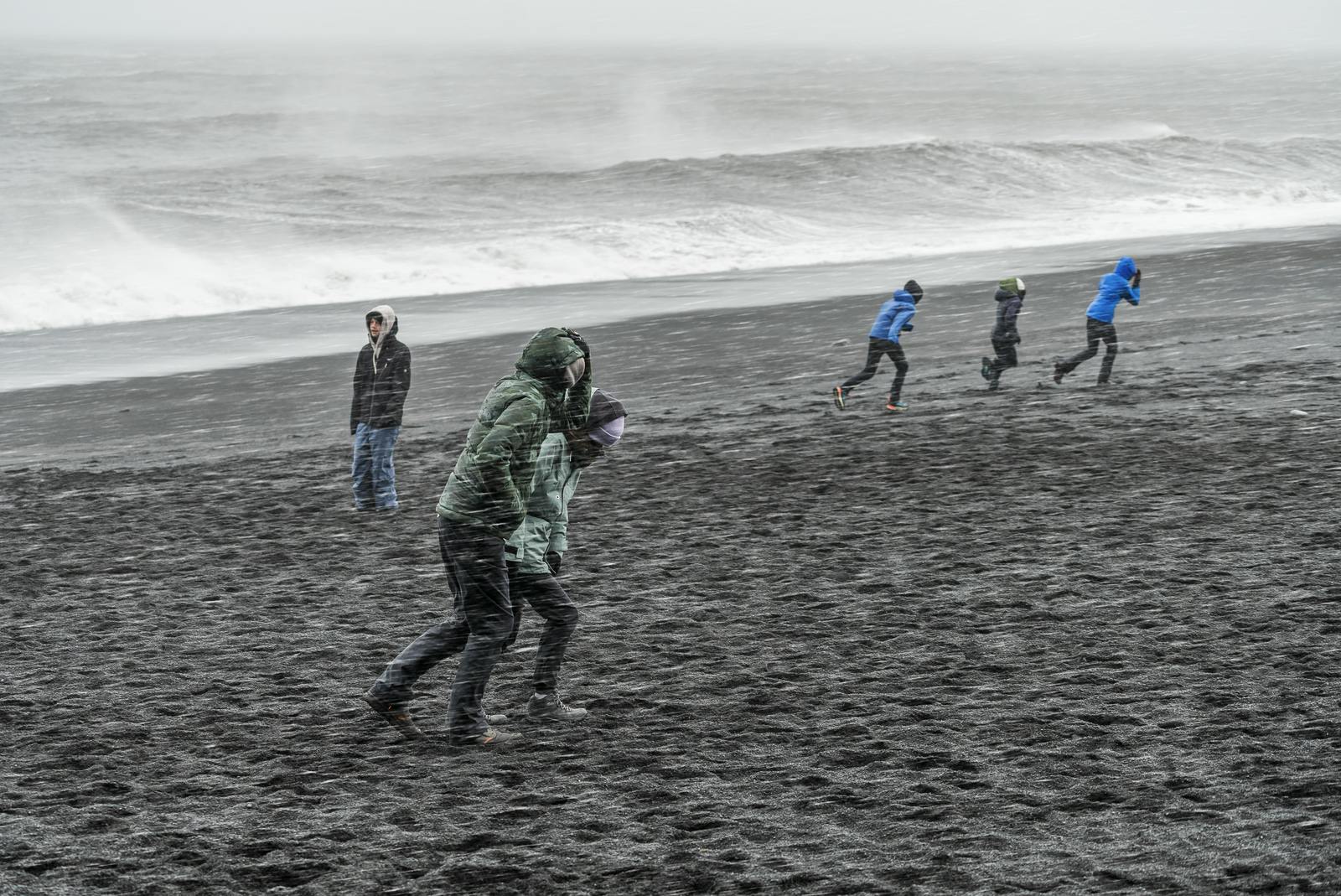
How to Be Safe at Reynisfjara
Here's how to enjoy Reynisfjara without risking your life:
- Stay far from the water since the waves can be deceptive.
- Never turn your back on the ocean, as sneaker waves often hit when you're not looking.
- Follow the warning signs. They're there for a reason, and the red flags mark the danger zone.
- Visit during low tide: Check local tide schedules before you go.
- Avoid climbing on rocks or basalt columns near the water's edge; waves can hit fast and hard.
- Remember, the ocean at Reynisfjara is cold, rough, and unforgiving. Always err on the side of caution.
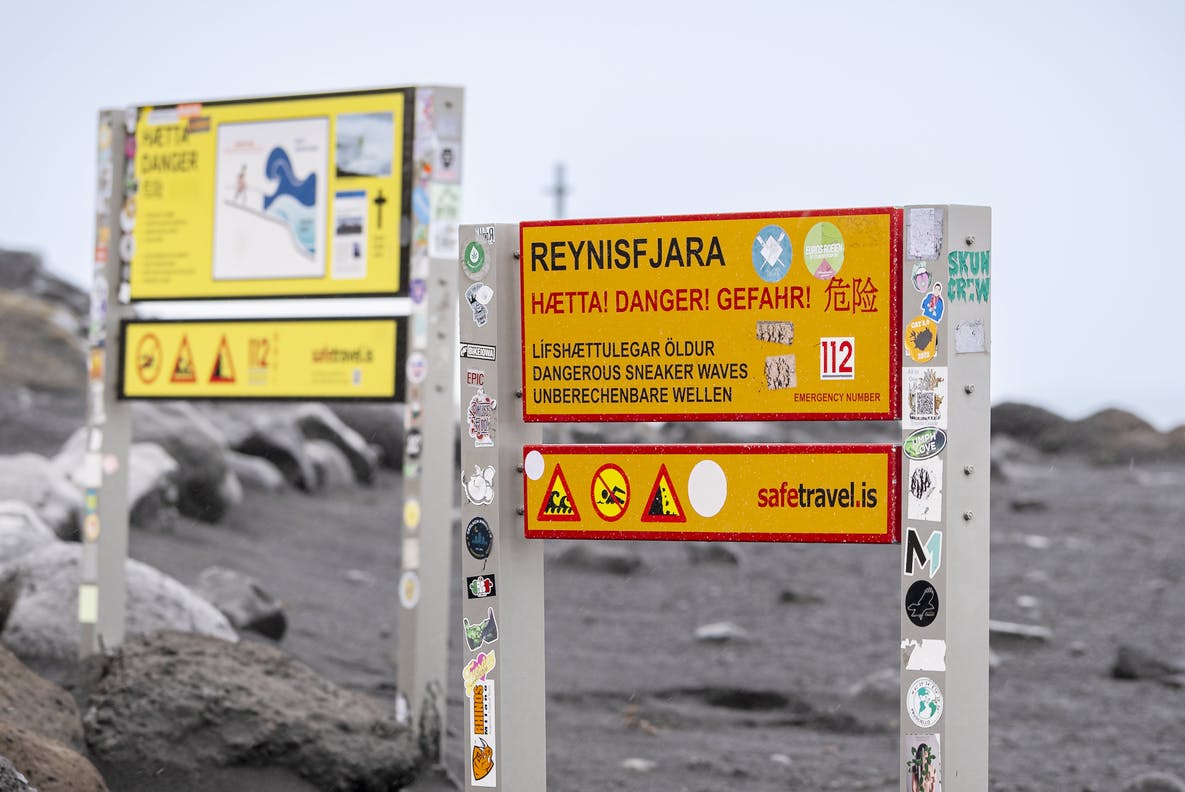
Can You Take Sand from Reynisfjara?
No, you cannot take sand or rocks from Reynisfjara Beach, or any natural site in Iceland. Removing sand, stones, or lava rocks is against Icelandic environmental regulations and considered harmful to the fragile landscape. Not only is it illegal, but it also disrupts the natural beauty for others and goes against Iceland’s strong environmental ethics. So, take only memories and photos and leave everything else behind.
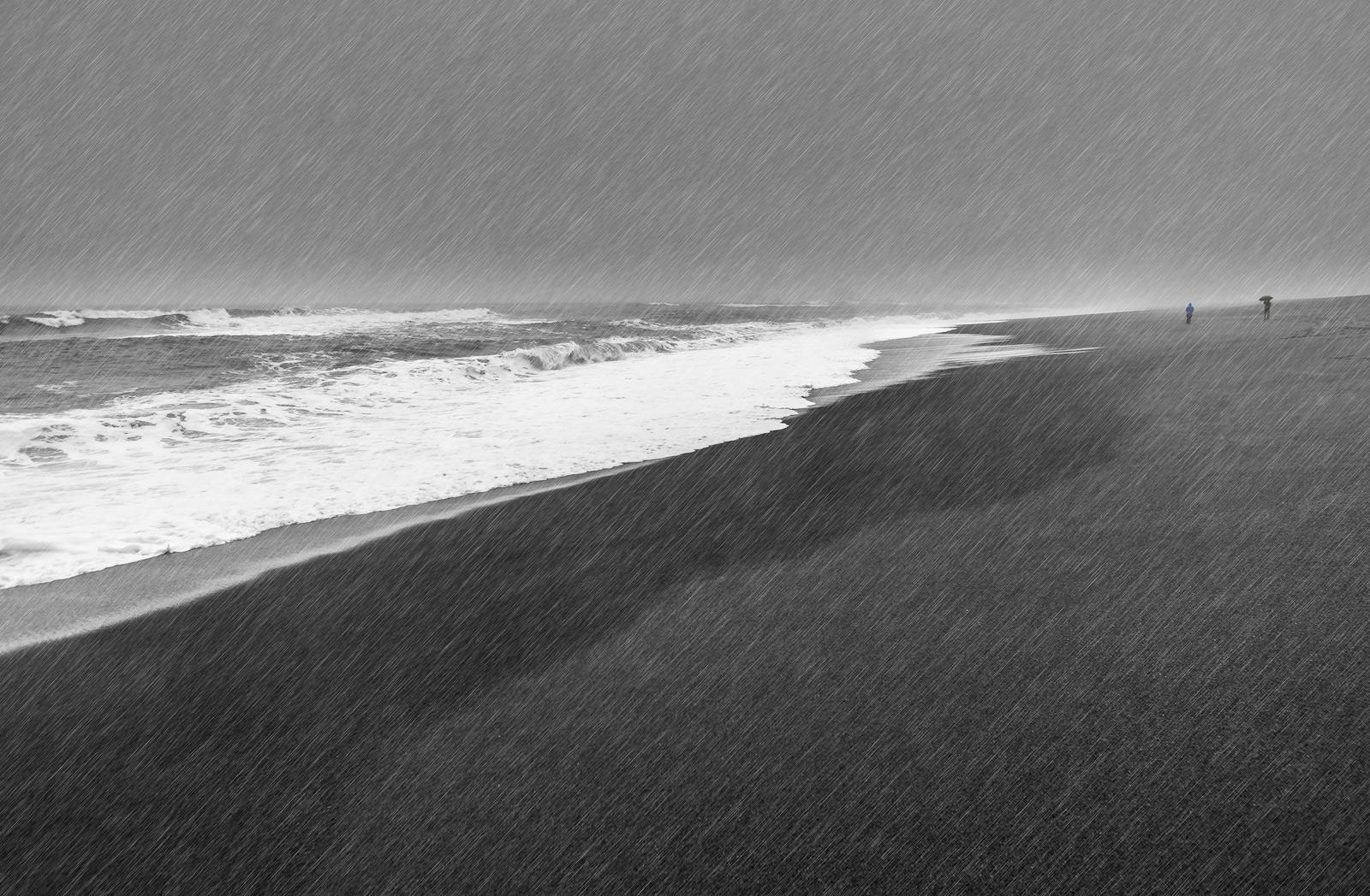
How Long to Spend at Reynisfjara Beach?
Most travellers spend 45 minutes to 1.5 hours at Reynisfjara, depending on the weather and the crowd. That gives you enough time to walk along the shoreline, photograph the basalt columns, watch the waves crash, and maybe explore the nearby Hálsanefshellir sea cave. If the weather’s rough or the tide is high, it’s best to keep your visit brief and stay back from the water.
What Can You See at Reynisfjara?
- Reynisdrangar sea stacks are massive rock formations that rise straight out of the ocean just offshore. Legend has it that they were once trolls who turned to stone at sunrise.
- Basalt column cliffs are nature’s version of a giant’s staircase; these perfectly-shaped columns are unlike anything you've seen.
- The Dyrhólaey arch is visible in the distance. This dramatic sea arch once marked the southernmost point of Iceland. Since the Katla eruption in 1918, Kötlutangi has been the southernmost tip of the Icelandic mainland.
- From May to August, you might spot puffins nesting on the cliffs above the beach.
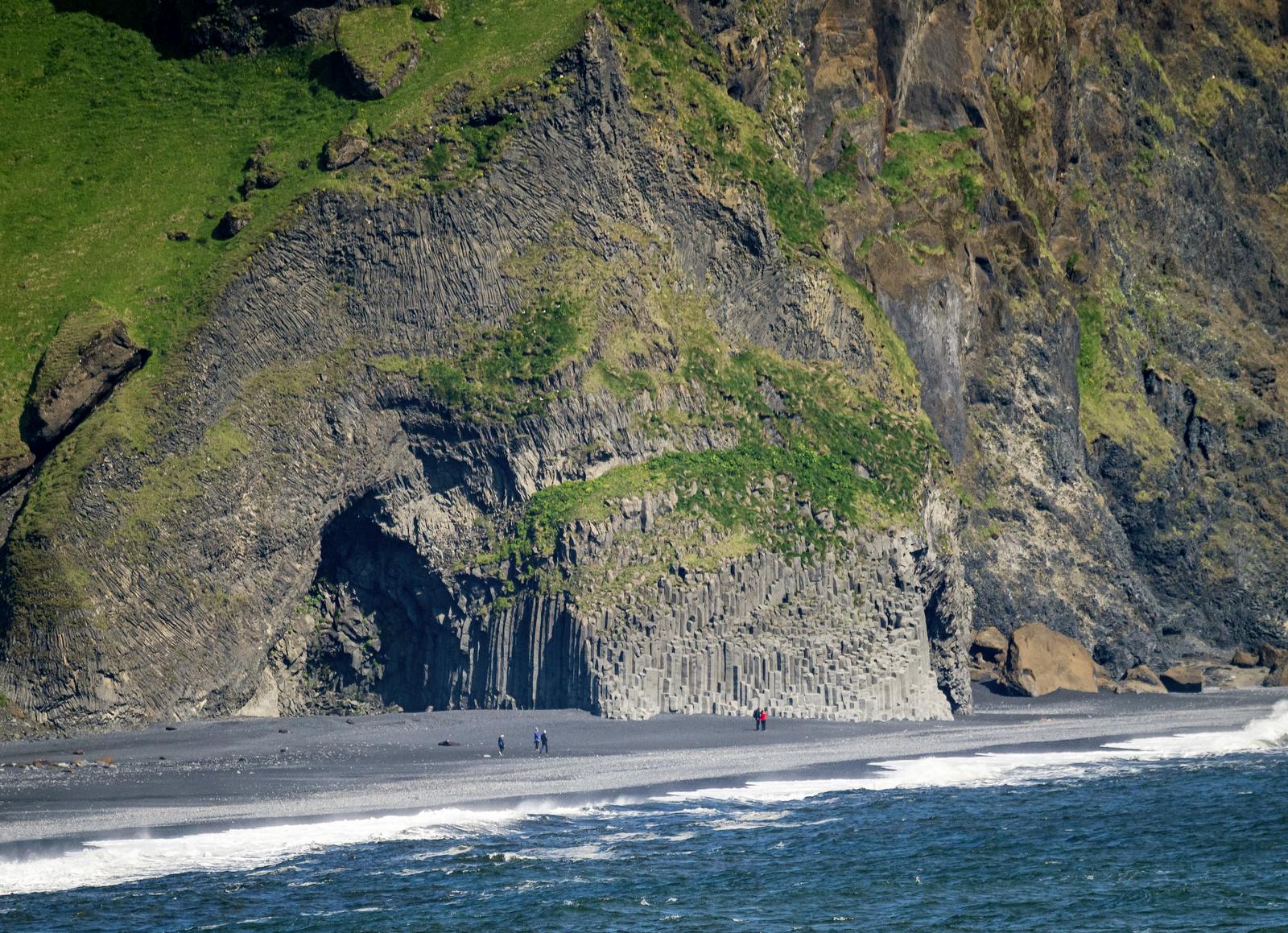
What’s Nearby?
If you're visiting Reynisfjara, be sure also to check out:
- Vík í Mýrdal is a charming coastal town just 10 minutes away, great for lunch or a coffee break.
- Dyrhólaey is a rocky promontory offering epic views and puffin nesting sites during the summer.
- Skógafoss and Seljalandsfoss are two of Iceland’s most famous waterfalls, located between Reykjavík and Vík.
- The Sólheimasandur plane wreck is the haunting remains of a crashed US Navy plane, located on a black sand stretch not far from Reynisfjara.
Reynisfjara isn’t just another stop on your Iceland itinerary; it’s an experience. Walk the shoreline and marvel at the waves. Snap your perfect photo. But always, always respect the ocean’s edge.
FAQ
How long should I spend at Reynisfjara Beach?
Plan for 45 minutes to 1.5 hours. That’s enough to explore safely, take photos, and soak up the scenery.
How do you pronounce Reynisfjara?
It’s pronounced “RAY-nis-fyah-rah.” The "fj" is similar to the English "fy" sound, which is common in Icelandic.
Where is Reynisfjara Beach located?
Reynisfjara is on Iceland’s south coast, near the village of Vík, about 2.5 to 3 hours from Reykjavík.
Is Reynisfjara Beach dangerous?
The beach is known for sneaker waves, which are large, unpredictable waves that can drag people into the ocean. Always keep a safe distance and never turn your back on the sea.
Can I take sand or rocks from Reynisfjara?
No, it’s illegal and harmful to the environment. Iceland strictly protects its natural landscapes.
How can I stay safe while visiting Reynisfjara?
Stay far from the water, follow posted warnings, and never underestimate the ocean. Visiting during low tide and staying aware of your surroundings is key.







